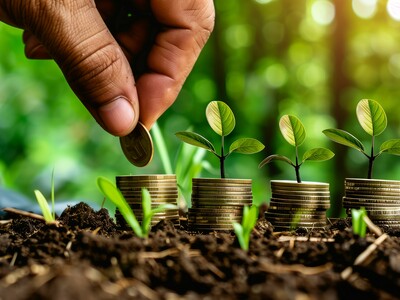Getting the Rebates
Getting the Rebates. I’m Greg Martin as Line On Agriculture presents the Harvest Clean Energy Report.
When it comes to funding for clean energy projects, there are many levels and layers. While Bonneville Power is responsible for the electrical generation that comes from federal hydro-projects on the
MILLER: Bonneville is required by law through the regional act to look at conservation and energy efficiency as a resource equivalent to hydropower or anything else out there so we have since the 80’s run conservation & energy efficiency programs through our customer utilities.
In other words, BPA makes the money available to the local utility who then provide specific programs for their customers.
MILLER: So the programs we put together are designed to be run by the utilities and through the utilities and we offer rebate incentives to the utilities to be passed on to the end user for energy efficiency measures. The energy efficiency programs are divided into currently 5 sectors; residential, commercial, industrial, agricultural and we have a federal sector.
Miller overseas the ag sector which includes irrigation, wineries, dairies and other livestock operations. He says BPA gets help in creating their programs.
MILLER: We have a list of different measure that we consider to be – it’s called RTF Approved. We have a forum that’s called the Regional Technical Forum that looks at what we’re offering and determines whether it is technologically feasible, it fits within cost benefit ratios. We have a willingness to pay. We’re willing to pay a certain amount of money for that resource.
Miller does stress though that if you are looking for any kind of incentives, you need to start with your local utility.
MILLER: The first thing we say is talk to the utility and ask them about their energy efficiency measures for agriculture and if they say yes, we do offer the program – a scenario of what they could do is go down to their local irrigation supplier, they can purchase nozzles and down tubes. There’s a form you can fill out, the utility turns it in. We give the rebate to the utility and the utility passes on what they feel to the end user. It can be as simple as that.
For additional information on clean energy, visit harvestcleanenergy.org. That’s today’s Line On Agriculture. I’m Greg Martin on the Northwest Ag Information Network.

















